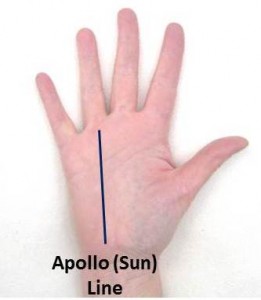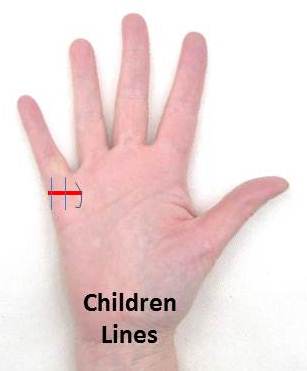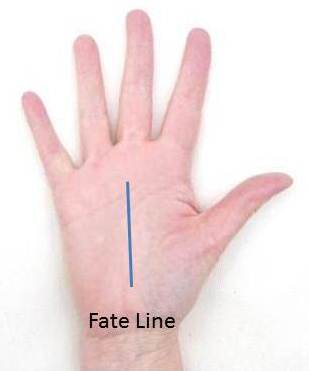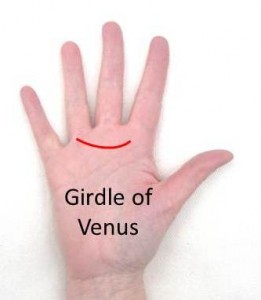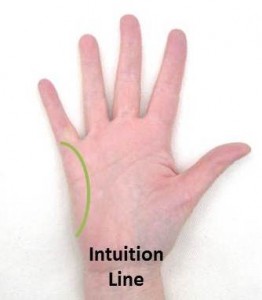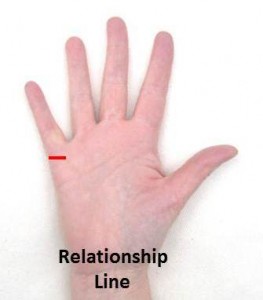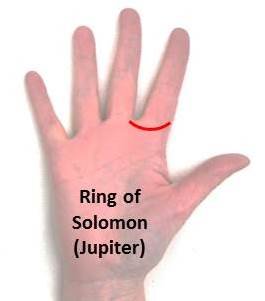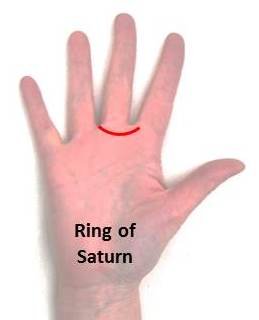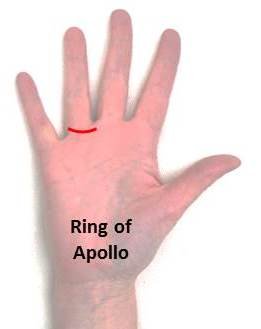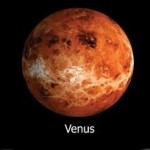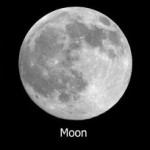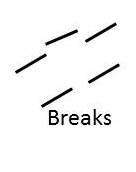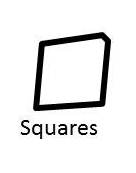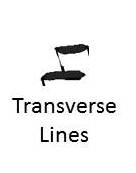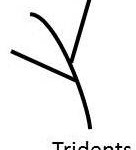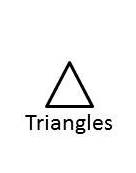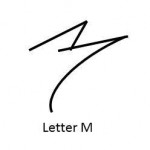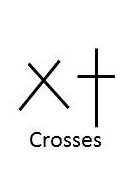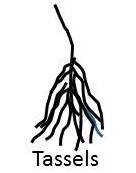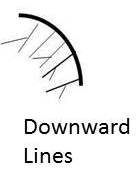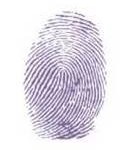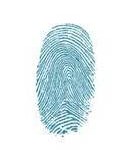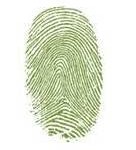Palmistry Room
Welcome to Psychic Library’s Palmistry Room. Palmistry reveals individual personality and character traits through the study of the shape, size and lines of the hands and fingers. There are two divisions within this ancient science. Chiromancy deals with the lines on the palm and chirognomy deals with the shape of the hands and the color, shape and texture of the palm, fingers and thumb.
The general consensus among most palm readers, with respect to what each hand indicates (right and left) is this for right-handed individuals, the left hand lines and shapes indicate the character traits, personality and destiny one is born with. The right hand lines and shapes show the direction one’s life has taken. For left-handed individuals the opposite applies. However, depending upon the palm reader and his or her training or country of origin, this may vary.

THE MAJOR LINES
The palm of the hand has three major lines; the life line, heart line and head line. The line on the palm that people are most curious about is the life line. This line begins between the index finger and the thumb and continues downward toward the base of the thumb and the connection to the wrist. The heart line, also known as the love line or mensal line, gives an indication about a person’s emotional state and their emotional and physical relationships with others. It can also be looked at as a predictor of the health of the heart. The head line, also known as the wisdom line (considered one of the most important lines in Chinese palmistry), reveals mental and psychological makeup and intellectual development and intuitive abilities.

![]()
Life Line
The line on the palm that people are most curious about is the life line. This line begins between the index finger and the thumb and continues downward toward the base of the thumb and the connection to the wrist. A common misconception about the life line is that it reveals how long you will live or when you will die. It does however, reveal information about the encounters in your life, relationships with others, health and physical and emotional well-being.
![]()
Heart Line
The heart line, also known as the love line or mensal line, gives an indication about a person’s emotional state and their emotional and physical relationships with others. It can also be looked at as a predictor of the health of the heart. This line is located above the head line and life line. It starts either under the index finger or middle finger, and extends toward the pinky finger.
![]()
Head Line
The head line, also known as the wisdom line (considered one of the most important lines in Chinese palmistry), reveals mental and psychological makeup and intellectual development and intuitive abilities. This line begins just above the life line, between the thumb and the index finger and runs across the palm toward the other edge of the palm horizontally. Sometimes the head line begins directly on the life line and extends out from there. This means that you have a strong will; mind over matter. Forked lines are sometimes called the writer’s fork or the lawyer’s fork.
THE MINOR LINES
The palmistry minor lines, or secondary lines, can reveal an individual’s talents, interests, strengths and weaknesses. Their meanings can vary, depending on the hand shape, markings, mounts and the other lines nearby or crossing over them. Minor lines can be very faint or may not even be apparent, which is fairly common. If they do appear on the palm, they will give the palm reader a lot more insight into the subject. Listed below are nine of the more common minor lines and their general meanings; fate line, apollo (sun) line, bracelet (rascette) lines, relationship (marriage) lines, health line, girdle of venus and intuition line.
Click on the pictures below to learn the various traits of the palmistry minor lines.
THE MOUNTS
In Palmistry, the mounts, or bumps of flesh, on the palm play a very important role during a reading. They are related to the influences of the planets, which also tell us a lot about our physical and emotional makeup. There are seven mounts on the palms, and they are synonymous with the Sun, Moon, Mars, Mercury, Jupiter, Venus and Saturn. There is also a relationship to the other major and minor lines in the hand, for example, where the mounts may intersect with those lines.
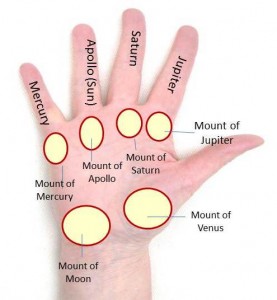

Click on the pictures below to learn about the characteristics of the various mounts.
![]()
MARKINGS
Palmistry markings are positive or negative interruptions and blockages in the normal flow of the palm lines, mounts and fingers. They can indicate warnings of difficulties, separations, traumatic events or health problems. Some markings may indicate a period of recovery, problem resolution, or an emotional healing period. However, their meanings are dependent upon where they are located on the palm, as each area on the palm represents a different part of your life. They can also enhance or diminish the energies from those areas. Listed below are the important markings that can appear on the palm of the hand, along with their general meanings. Here you will find: breaks, chains, crosses, dots, grilles, islands, squares, stars, tassels, transverse lines, triangles, tridents, upward and downward lines and vertical lines.

![]()
To learn what each marking means and symbolizes,
click on the individual pictures below.
![]()
HAND SHAPES
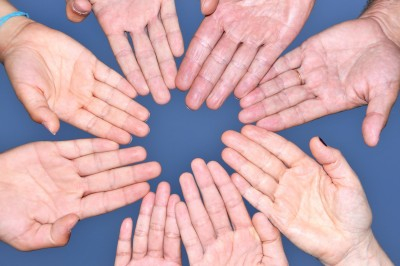 The division of palmistry that deals with the study of the shape of the hand and fingers is known as chirognomy. Along with the lines, mounts, markings, hand color, skin texture and flexibility, the shape of the fingers and hands give clues as to what type of characteristics an individual may have. Six of the basic hand shapes studied in palmistry are conic, spatulate, pointed or psychic, square, intellectual or knotted and mixed. However, there is not only one system used to categorize the hand shapes. Another method used assigns each hand shape the characteristics of a natural element: earth, air, fire, water, wood and metal. In Western palmistry, the four element classification is the most common: earth, air, water and fire.
The division of palmistry that deals with the study of the shape of the hand and fingers is known as chirognomy. Along with the lines, mounts, markings, hand color, skin texture and flexibility, the shape of the fingers and hands give clues as to what type of characteristics an individual may have. Six of the basic hand shapes studied in palmistry are conic, spatulate, pointed or psychic, square, intellectual or knotted and mixed. However, there is not only one system used to categorize the hand shapes. Another method used assigns each hand shape the characteristics of a natural element: earth, air, fire, water, wood and metal. In Western palmistry, the four element classification is the most common: earth, air, water and fire.
![]()
HAND SHAPES USING THE FOUR ELEMENTS
 The simplest type of hand shape classification using the natural elements consists of four elements: earth, air, water and fire. These elements are also used in classifying astrological signs. But just because you are born under a water sign, e.g., Pisces, it does not mean that your hand will be a water hand.
The simplest type of hand shape classification using the natural elements consists of four elements: earth, air, water and fire. These elements are also used in classifying astrological signs. But just because you are born under a water sign, e.g., Pisces, it does not mean that your hand will be a water hand.
![]()
FINGER SHAPES
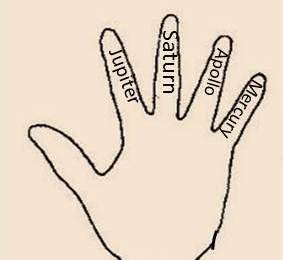 The fingers are important indicators in palmistry. Each of them reveals a different portion of an individual’s character, emotional state, spirituality and health. They can give insights into an individual’s knowledge, intellect, ambition, balance, creativity and communication with others. Their analyses can also help predict one’s future or future outcomes. Palmists consider their shape, length, width, placement, flexibility, horizontal or vertical lines, markings, nail shape and whether or not there are half-moons on the nail. Each is divided into three sections, called phalanges. The fingers also contain vertical and horizontal lines. Horizontal lines reveal one’s life obstacles and difficulties in the past, present and future. Vertical lines pertain to health issues. They may also indicate you are suffering from a lack of sleep. Also, these lines can cross each other. This represents obstacles that have been overcome. Given below are the general traits for each of the fingers.
The fingers are important indicators in palmistry. Each of them reveals a different portion of an individual’s character, emotional state, spirituality and health. They can give insights into an individual’s knowledge, intellect, ambition, balance, creativity and communication with others. Their analyses can also help predict one’s future or future outcomes. Palmists consider their shape, length, width, placement, flexibility, horizontal or vertical lines, markings, nail shape and whether or not there are half-moons on the nail. Each is divided into three sections, called phalanges. The fingers also contain vertical and horizontal lines. Horizontal lines reveal one’s life obstacles and difficulties in the past, present and future. Vertical lines pertain to health issues. They may also indicate you are suffering from a lack of sleep. Also, these lines can cross each other. This represents obstacles that have been overcome. Given below are the general traits for each of the fingers.
Click on the fingerprints below to learn the characteristics of each.
![]()
![]()
THUMB SHAPES
 While some palm readers do not place too much importance on the thumb, there are those who do consider it to be an important aspect of assessing someone’s traits and characteristics. They believe that the thumb can reveal a lot of details about an individual’s personality and temperament.
While some palm readers do not place too much importance on the thumb, there are those who do consider it to be an important aspect of assessing someone’s traits and characteristics. They believe that the thumb can reveal a lot of details about an individual’s personality and temperament.
As the other fingers on the hand have three distinct phalanges, or sections, the thumb is unique in that it has only two phalanges. However, there are some palmists who consider the Mount of Venus, which resides at the base of the thumb, to be a third phalange.
![]()
TO LEARN MORE ABOUT PALMISTRY, VISIT THE PALMISTRY ROOM.

